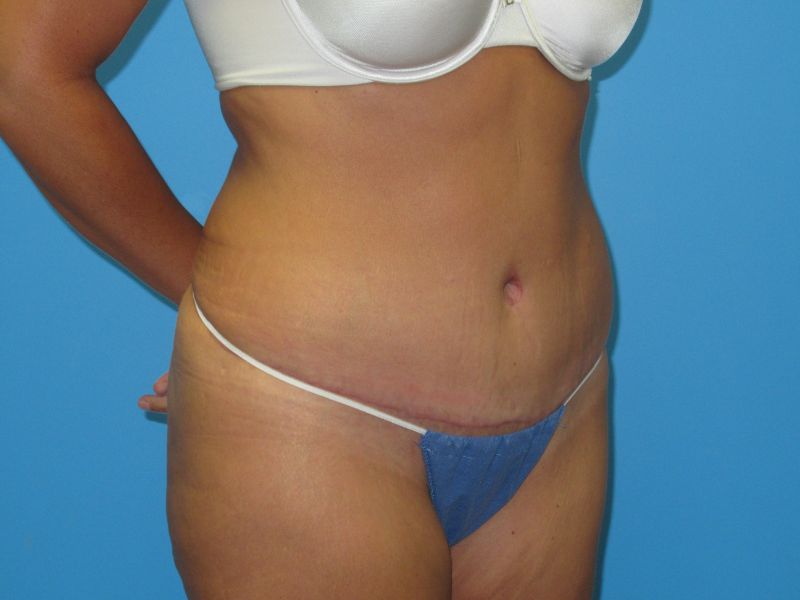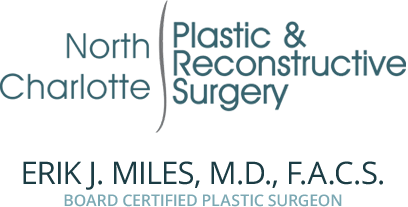How fat around your organs can affect tummy tuck results
How fat around your organs can affect tummy tuck results
Greater Charlotte area tummy tuck
A flat, toned abdomen is highly prized in our society. Some are able to achieve this through lifestyle, but many others aren’t so lucky. They may find that despite hours of core workouts at the gym, and eating a healthy diet, they still have a rounded belly. This can be frustrating.
One option that can be helpful to people in this situation is a surgical procedure known as abdominoplasty, or a tummy tuck. This can help to remove excess skin and fat from the belly and address any separation of the abdominal muscles, creating a flatter abdominal shape. Although an experienced surgeon can get great results from a tummy tuck for many patients, it’s important to understand the limitations of this procedure.
There are two different types of fat in the abdomen, and only one of them can be addressed through plastic surgery. What are these two types of fat? How can you know which one is causing your rounded belly? How can you address each one?

Visceral vs subcutaneous fat
The two types of fat in the abdomen are known as visceral fat and subcutaneous fat. Subcutaneous fat is located just below the skin, while visceral fat is located in and around the abdominal organs themselves. Everyone has at least a little bit of each type, but the relative amounts of each are important. Visceral fat is dangerous to your overall health, since it’s associated with serious health problems like high blood pressure and diabetes. Subcutaneous fat is primarily a cosmetic issue; research shows that it’s far less dangerous to your health.
During a tummy tuck, a plastic surgeon can remove subcutaneous fat along with excess skin. However, because visceral fat is located around and even within the abdominal organs, it can’t be removed surgically. A plastic surgeon would generally not open the abdominal cavity anyway, because this lies beyond the scope of plastic surgery. However, there is no surgical procedure that any surgeon can do that is able to remove visceral fat.
How do you know which type you have?
Generally, a patient who has a lot of visceral fat in the abdomen will not get satisfying results from a tummy tuck. This fat will remain in the abdominal cavity, and will cause a rounded shape to the belly even after the tummy tuck. However, a patient who has primarily subcutaneous fat will likely get good results from a tummy tuck.
To evaluate the type of fat that’s contributing to a patient’s rounded tummy, a plastic surgeon asks the patient to lie on their back during an exam. In this position, subcutaneous fat will tend to spill over to the sides, while visceral fat will remain in place.
If the front of the abdomen looks flatter when the patient is lying down than when they’re standing, then it’s likely that subcutaneous fat is the main issue. This patient would be likely to get satisfying results from a tummy tuck. After removing excess subcutaneous fat along with excess sagging skin, the belly will likely have a flatter appearance. Keep in mind that abdominoplasty is not a weight loss method; there’s a limit to how much subcutaneous fat can be removed at one time, so a patient with a large amount of excess subcutaneous fat should consider losing some weight through other methods before having their surgery.
If the belly remains rounded in both positions, then it’s likely visceral fat that’s causing the problem. In this case, a tummy tuck will not be able to address the problem. Instead, overall weight loss will be the best course of action. This is the only way to reduce the amount of visceral fat. Because visceral fat is dangerous to your overall health, it’s crucial to address this problem in order to protect your long term wellbeing. Dr. Miles can refer you to a weight loss clinic if you’d like some help with finding the specific strategies that will work for you.
Some patients have both subcutaneous and visceral fat. A patient in this situation could still choose to have a tummy tuck, but it’s important to be realistic about what the surgery will be able to accomplish. If visceral fat remains, then the belly will not be entirely flat after the procedure, although there will be some improvement.
Greater Charlotte area tummy tuck
If you’re bothered by the rounded shape of your tummy, then you may want to consult a qualified plastic surgeon in order to determine what your options would be. If you’re in the greater Charlotte area, we invite you to schedule a consultation with Dr. Miles. After an exam, he’ll let you know whether you would be a candidate for abdominoplasty, and will give you a realistic idea of what you could expect from a tummy tuck.
A consultation with Dr. Miles is different from those at many other plastic surgery offices; it’s a paid service, not a high-pressure sales pitch, and so you know that you can trust the advice that you get from Dr. Miles. He never wants any patient to have plastic surgery and regret their choice, so he won’t try to talk you into surgery if he doesn’t fully believe it will work for you. Please contact our office to schedule your appointment.


